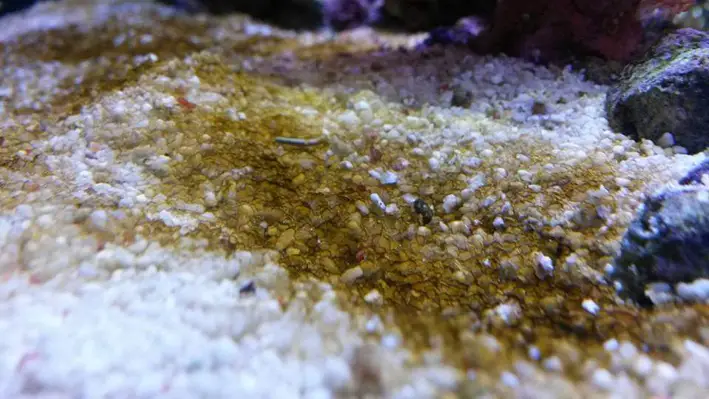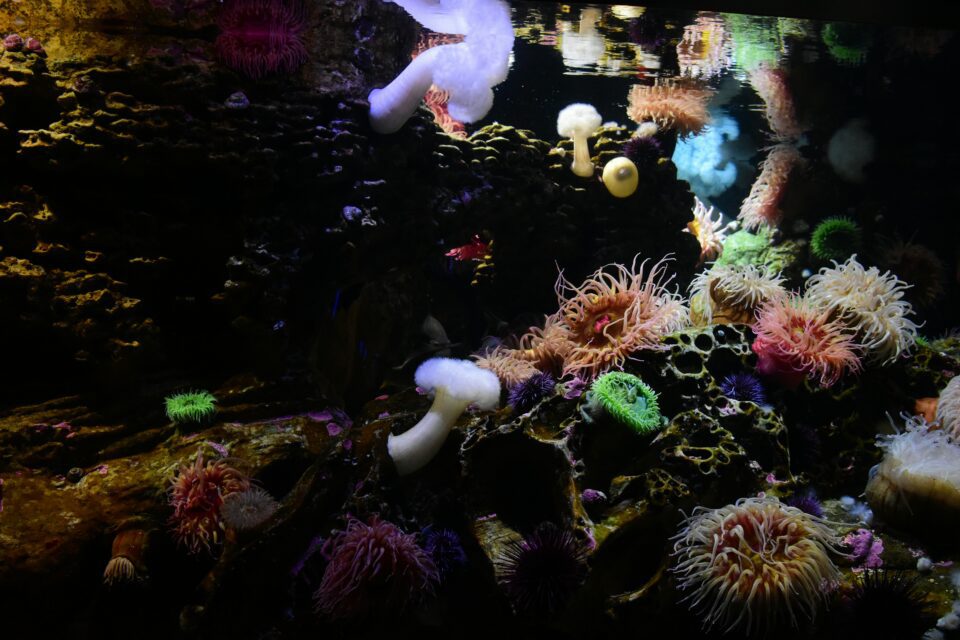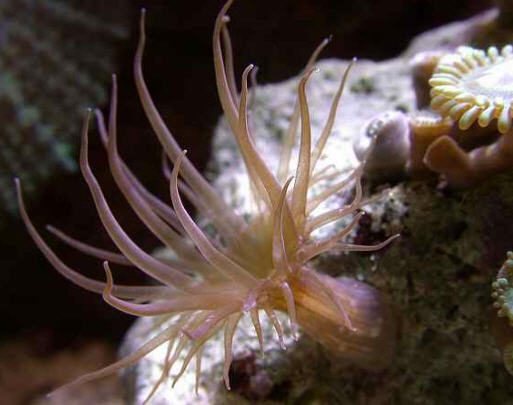If you’re a reef tank enthusiast, you’re probably familiar with diatoms. These brownish or yellowish-brown algae can cover your aquarium glass, rocks, and sand, making your tank look unsightly. Not only are they unsightly, but diatoms can also compete with other beneficial algae, depriving them of the nutrients they need to thrive. In this comprehensive guide, we’ll show you how to effectively eliminate and prevent diatoms in your reef tank.
Understand Diatoms and Their Causes
Before we dive into the details of eliminating and preventing diatoms in your reef tank, it’s important to understand what diatoms are and what causes them to appear in your tank. Diatoms are a type of single-celled algae that thrive in nutrient-rich waters with a high silicate content. They are typically found in newly established reef tanks, but can also appear in mature tanks that are experiencing changes in water chemistry or lighting.
The most common cause of diatoms in reef tanks is an excess of silicates in the water. Silicates can come from a variety of sources, including tap water, sand, rocks, and even some types of salt mixes. High levels of silicates can also be caused by an overfeeding of your tank’s inhabitants, as uneaten food can break down into silicates.
Eliminating Diatoms from Your Reef Tank
The first step in eliminating diatoms from your reef tank is to reduce the amount of silicates in the water. This can be done in several ways, including:
- Using high-quality RO/DI water for water changes and top-offs. Make sure you have zero tds (total disolved solids) in the water. Use a tds tester to verify.
- Verify your phosphates are below 0.03. Use a quality tester to verify this at least weekly
- Using a phosphate and silicate remover in your filter, like a high quality gfo.
- Adding an algae-eating critter to your tank, such as a turbo snail, blennies, tangs or a hermit crab.
- Removing any uneaten food from the tank as soon as possible.
- Cleaning filters regularly.
Once you have reduced the silicate content in your tank, it’s time to remove the diatoms themselves. This can be done by manually scrubbing the affected areas with an algae scraper or brush. You can also use a siphon to remove any loose diatoms from the sand bed.
Preventing Diatoms from Returning to Your Reef Tank
Now that you have eliminated the diatoms from your reef tank, it’s important to take steps to prevent them from returning. Here are some tips to keep your tank diatom-free:
- Avoid overfeeding your tank inhabitants. Feed them only what they can consume in a few minutes, and remove any uneaten food.
- Test your water regularly for silicate and phosphate levels. If the levels are too high, consider using a phosphate and silicate remover in your filter.
- Use high-quality RO/DI water for water changes and top-offs and verify there is no tds.
- Keep your tank clean by performing regular maintenance, such as water changes and siphoning the sand bed.
Conclusion
Diatoms can be a nuisance in your reef tank, but with the right approach, you can effectively eliminate and prevent them from returning. By understanding the causes of diatoms and taking steps to reduce the silicate content in your tank, you can keep your tank looking beautiful and healthy. Remember to test your water regularly and perform regular maintenance to ensure the long-term health of your reef tank.




